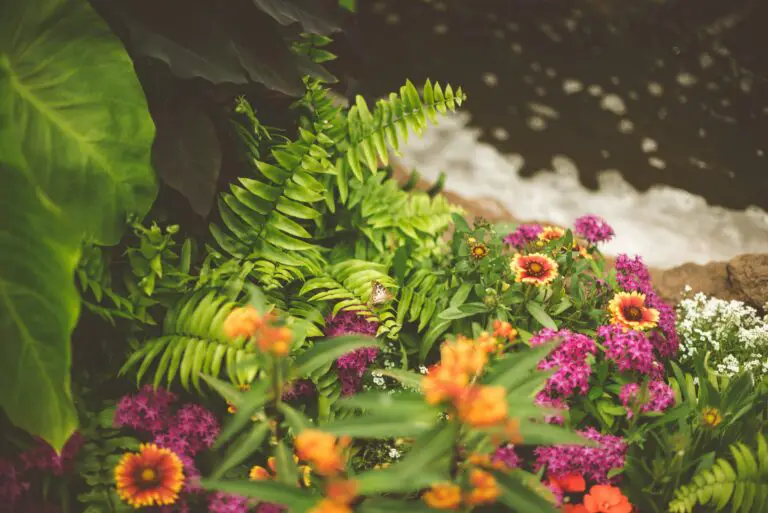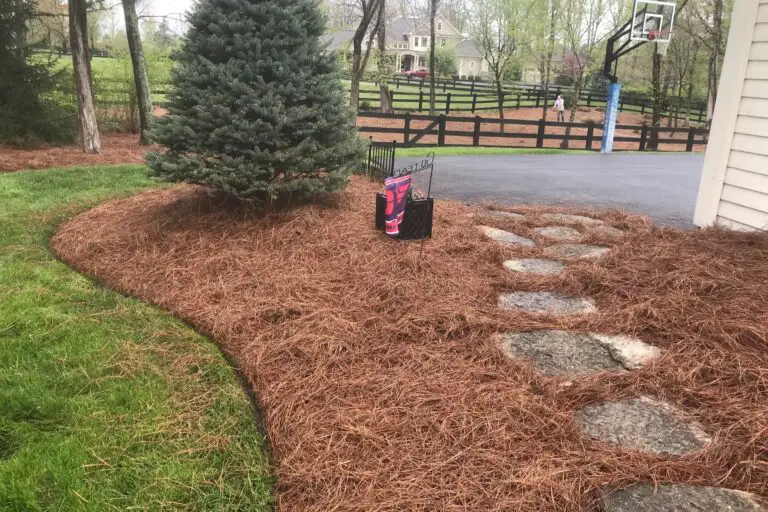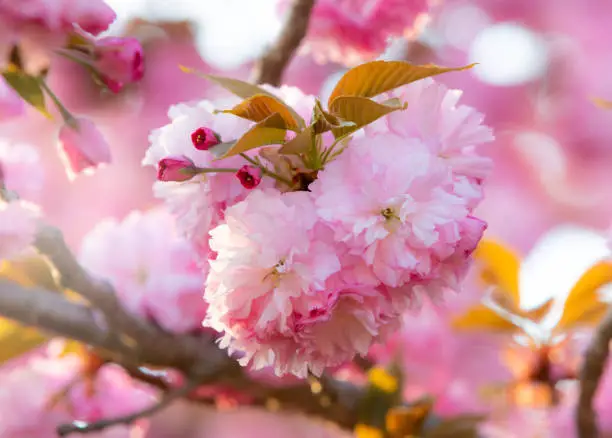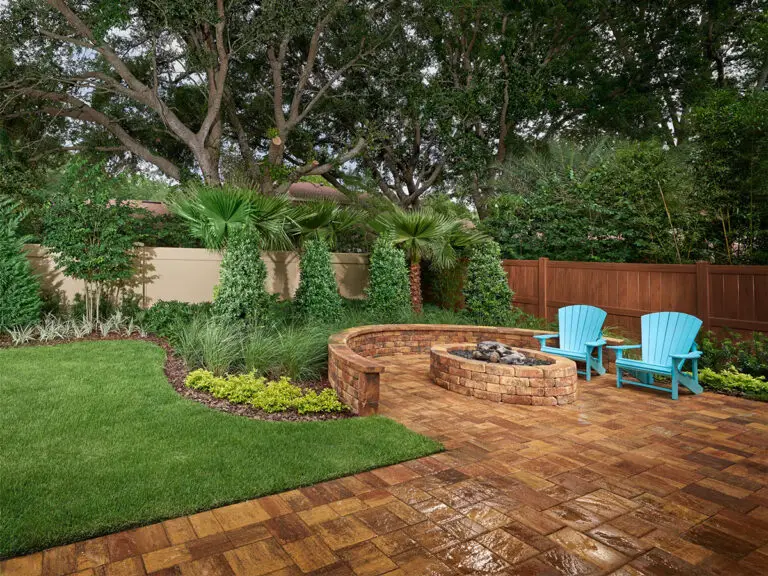Hardscape Landscaping: Transforming Your Outdoor Space
Hardscape landscaping, a pivotal element in contemporary garden design, stands at the intersection of functionality and aesthetic appeal. This landscaping genre involves the use of non-living elements like stone, bricks, concrete, and metal to create enduring and visually captivating outdoor spaces.
Unlike its counterpart, softscaping, which revolves around living components like plants and trees, hardscaping is all about permanence and structure.
The Basics of Hardscape Landscaping
The essence of hardscape landscaping lies in its ability to provide form and function to an outdoor area. Key elements often include patios, decks, stone pathways, retaining walls, and outdoor kitchens. These features not only enhance the usability of the space but also contribute significantly to its aesthetic value.
Ideas for Your Outdoor Living Space
1. Patios and Decks: Foundation of Outdoor Living
Patios and decks form the foundation of outdoor living spaces. By using various materials like natural stone, pavers, or wood, these structures offer a seamless transition from the indoors to the outdoors. They create a perfect area for relaxation and entertainment, adding significant value to any property.
2. Walkways and Pathways: Guiding Movement and Aesthetic
Walkways and pathways, crafted from materials like flagstone, cobblestone, or concrete, guide movement through the garden while adding visual interest. These elements can be designed to create a sense of journey or exploration within the landscape.
3. Retaining Walls: Functional Elegance
Retaining walls serve a dual purpose. They are essential for managing soil erosion and water drainage, especially in sloped areas. Aesthetically, they offer a chance to introduce different textures and colors into the landscape, using materials like natural stone, bricks, or concrete blocks.
4. Outdoor Kitchens: Culinary Ventures in Nature
Outdoor kitchens have become increasingly popular in hardscape designs. Incorporating elements like built-in grills, countertops, and even pizza ovens, these kitchens extend the home’s living space and provide an ideal spot for culinary ventures in the midst of nature.
The Future Trends in Hardscape Landscaping
As we look towards the future, hardscape landscaping is poised to embrace new trends and technologies. Smart landscaping, where automated systems control lighting and water features, is on the rise. Additionally, the use of sustainable and recycled materials is becoming more prevalent, reflecting a growing environmental consciousness among homeowners and designers.
1. Smart Landscaping: Technology Meets Nature
The integration of technology in hardscape design is a trend that’s gaining momentum. Smart lighting systems that can be controlled via smartphone apps, automated irrigation systems for potted plants on patios, and solar-powered features are just a few examples of how technology is enhancing hardscape functionality.
2. Sustainable Materials: Eco-Friendly Choices
The use of sustainable materials in hardscaping is a response to the increasing demand for environmentally friendly design. Recycled concrete, reclaimed wood for decks, and locally sourced stones are not only eco-conscious choices but also add a unique story and character to the landscape.
3. Water Features: Tranquility in Design
Water features like fountains, ponds, and waterfalls are becoming integral to hardscape designs. They add a calming effect to the garden and can be designed in various styles to complement the overall theme of the landscape.
Incorporating Hardscape into Garden Design
The integration of hardscape into garden design requires careful planning. It’s crucial to consider factors like the property’s natural topography, the home’s architectural style, and the intended use of the space. A well-designed hardscape complements the softscape, creating a harmonious balance between the two.
Sustainability in Hardscape Landscaping
Sustainability is becoming increasingly important in hardscape landscaping. Eco-friendly practices include using permeable paving materials to reduce runoff, incorporating recycled materials, and choosing locally sourced stones and bricks to minimize the carbon footprint.
Maintenance and Longevity
One of the major benefits of hardscaping is its low maintenance nature. Unlike softscaping, which requires regular watering, pruning, and care, hardscapes are largely set-and-forget. However, periodic checks and minor maintenance can extend their longevity and keep them looking pristine.
Customization: Personalizing Outdoor Spaces
Today’s homeowners are looking for ways to personalize their outdoor spaces. Custom hardscaping allows for unique designs that reflect individual tastes and lifestyles. From custom-built fire pits to personalized garden benches, these elements make each landscape distinct and personal.
Challenges and Considerations
While hardscaping offers numerous benefits, there are challenges to consider. Proper drainage is crucial to prevent water damage and erosion. Also, the choice of materials and design must be in harmony with the local climate and the home’s architecture. Professional consultation is often recommended to address these issues effectively.
Collaboration with Nature: The Perfect Balance
The ultimate goal of hardscape landscaping is to create a space that is a perfect blend of human creativity and natural beauty. By collaborating with the existing natural elements and considering the local ecosystem, hardscaping can enhance, rather than overpower, the natural surroundings.
Conclusion
The art of hardscape landscaping is a transformative approach to outdoor design, where every element, from a brick paver patio to an intricately designed outdoor kitchen, contributes to the overall beauty and functionality of your backyard space. The choice of hardscape materials, whether it be the classic elegance of a brick patio or the modern appeal of concrete pavers, plays a pivotal role in defining the character of your landscape design.
Incorporating diverse hardscaping features like retaining walls, fire pits, and outdoor fireplaces not only elevates the aesthetics but also enhances the usability of your outdoor space. These features create an inviting ambiance, turning your backyard into a cozy retreat or a vibrant entertainment hub. Embarking on a hardscape project requires thoughtful consideration of the hardscape elements to ensure they harmonize with your home’s architecture and the natural surroundings. Outdoor structures, be it a simple fire pit or an elaborate outdoor kitchen, should align with your lifestyle needs and aesthetic preferences.
The key to a successful landscape design is in balancing these hardscaping features with the softscape elements, ensuring a cohesive and inviting outdoor space. By carefully selecting hardscape materials and designs, your hardscape project can transform your backyard space into a stunning extension of your home, blending functionality with artistic expression. This thoughtful approach to outdoor design not only enhances your living experience but also adds substantial value to your property.




